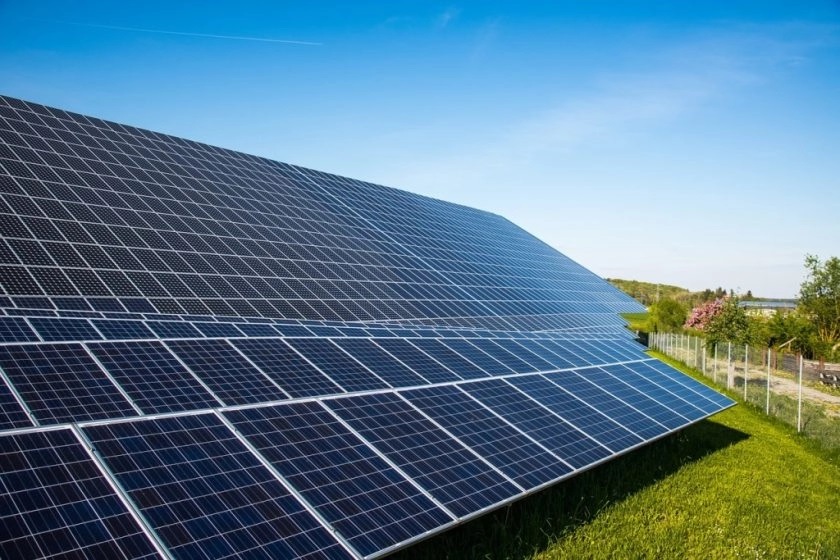Natural conditions have a significant influence on the performance and efficiency of solar panels for power generation. Here are the key natural factors that affect solar panels.
- Sunlight Intensity:
- The most critical natural condition for solar panels is the intensity of sunlight or solar irradiance. Solar panels generate electricity by converting sunlight into electricity. The amount of energy produced is directly proportional to the intensity of sunlight. Thus, a sunny day with clear skies will result in more power generation compared to a cloudy or overcast day.
- Sun Angle and Tracking:
- The angle at which sunlight strikes the solar panels also plays a role. Solar panels are typically mounted at an angle to maximize the amount of sunlight they can capture. Solar tracking systems can adjust the orientation of panels to track the sun’s movement throughout the day, optimizing energy production.
- Temperature:
- Solar panels are sensitive to temperature. Higher temperatures can reduce the efficiency of solar panels. Ideally, solar panels should operate at cooler temperatures to maximize their performance. However, some solar panels are designed with features to dissipate heat effectively.
- Dust and Debris:
- Dust, dirt, and debris on the surface of solar panels can reduce their efficiency by blocking sunlight. Regular cleaning and maintenance are necessary, especially in areas with a lot of dust or pollen.
- Shading:
- Shading from trees, buildings, or other obstructions can greatly reduce the energy output of solar panels. Even partial shading of a single solar cell within a panel can decrease the output of the entire panel.
- Air Quality:
- Pollution and air quality can impact the amount of sunlight that reaches solar panels. Smog and pollution in the atmosphere can scatter and absorb sunlight, reducing the intensity of light that reaches the panels.
- Seasonal Variations and Day-Night Cycle:
- Solar panels also experience variations in energy generation due to the changing seasons and the day-night cycle. They produce energy only during daylight hours and are affected by the angle of the sun in the sky.
- Geographic Location:
- The geographic location of the solar panels plays a significant role in their performance. Regions closer to the equator tend to receive more sunlight throughout the year, while locations at higher latitudes or with frequent cloud cover may have lower annual solar energy production.
- Environmental Conditions:
- Extreme environmental conditions such as hail, snow, or high winds can potentially damage solar panels. Panels are designed to withstand many environmental factors, but severe weather events can impact their performance.
To maximize the efficiency and longevity of solar panels, it’s important to consider these natural conditions during the design, installation, and maintenance of a solar energy system. Proper orientation, regular cleaning, and monitoring are essential practices to ensure that solar panels continue to generate electricity effectively.


